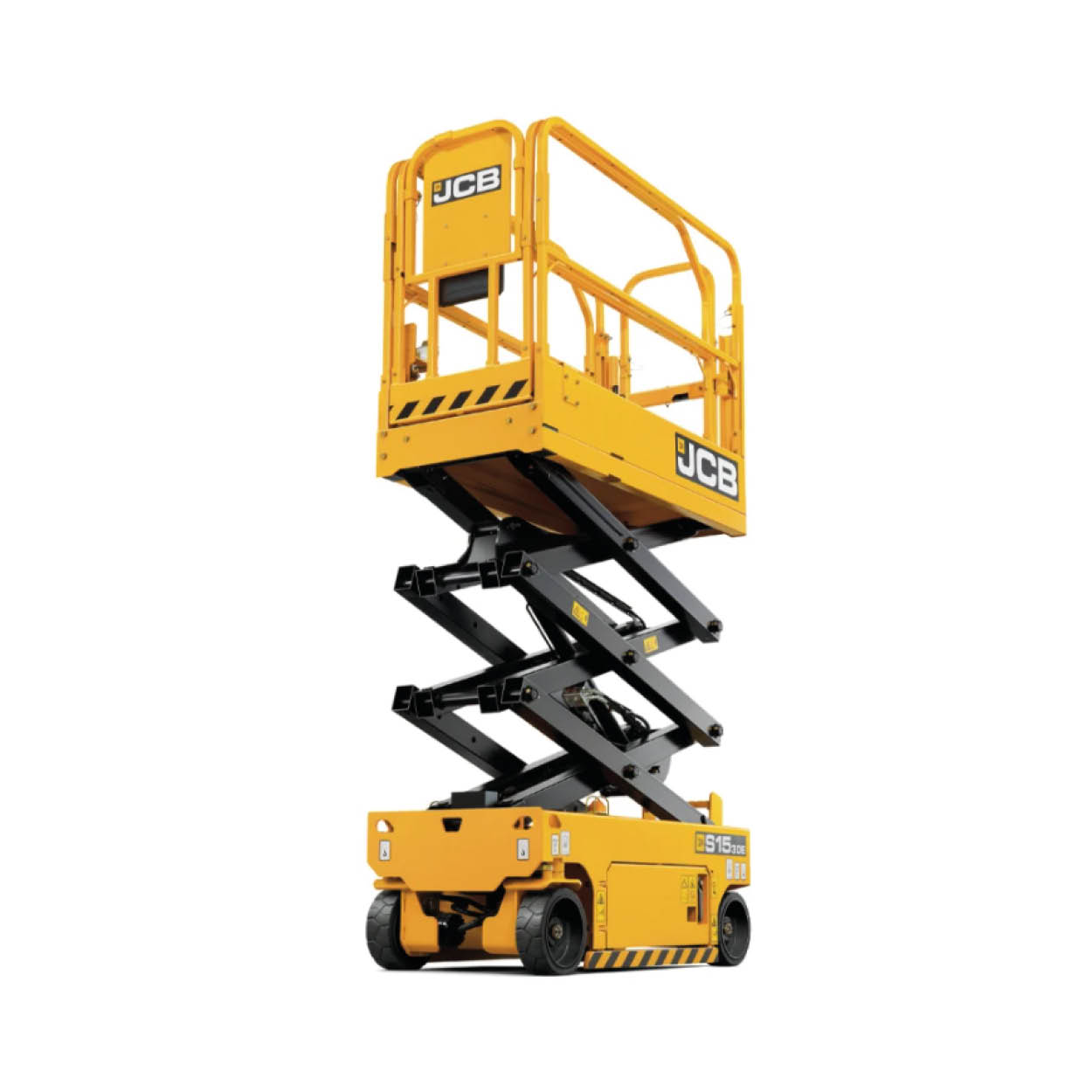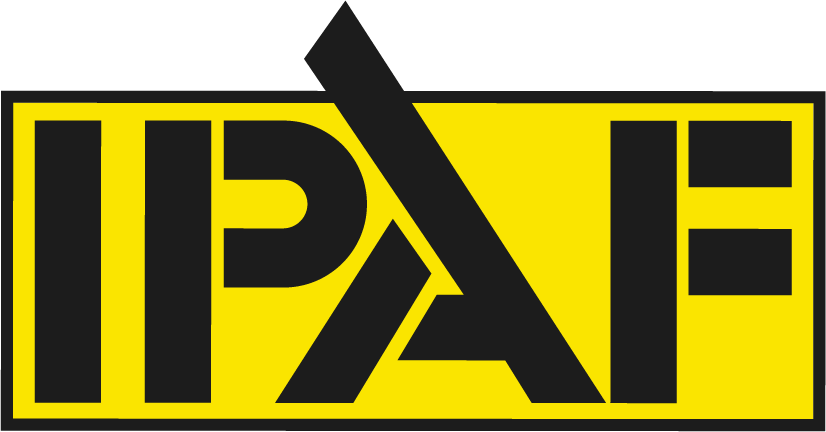As you are reading this article, the chances are that you are in an industry that means you need to deploy MEWPs (Mobile Elevating Work Platforms) on a regular basis. As you will know, MEWPs come in all shapes and sizes, from cherry pickers to scissor lifts and are blessed with unique benefits for distinct applications. This article focuses solely on scissor lifts and in particular offers a variety of key tips to help you to choose the best scissor lift for a given job.
What are scissor lifts?
The distinction between kinds of MEWPs can be a little confusing, so it’s worth outlining what makes a scissor lift, a scissor lift! These lifts are able to lift up workers and materials vertically, featuring a surface that can be raised and lowered by opening or closing latticed supports, resembling scissors, hence the name. They differ from cherry pickers as they don’t give the outreach option, but remain the best option in many industrial applications, especially construction. Let’s move on to look at some of the most important considerations when choosing a scissor lift.
Kind of terrain / indoor or outdoor
The right scissor lift for your job will largely depend on the terrain you will be working on. This will dictate whether you need a rough terrain model, for instance. For smoother terrain work you can get away with an electric model, although these are predominantly used indoors. Electric scissor lifts are sometimes referred to as slab scissor lifts, as they are designed to be operated on concrete slab surface. They are perfect for use on electrical work in industrial buildings, for instance. As they are battery driven and low emission, they are perfect for indoor work, although they are fitted with pothole guard systems slightly uneven surfaces. If you are going to be working on uneven terrain or on slopes, you should certainly opt for a four-wheel drive model. Some rough terrain models are fitted with a self-levelling system, using hydraulic jacks or outriggers. These can be deployed by the operator from the platform to completely level the chassis of the scissor lift on sloping ground.
How high do you need to go?
Another key determining factor in choosing the right scissor lift is height. There are many different models of scissor lifts and they vary as to how high they are capable of lifting workers up to carry out their work. 19-to-40-foot scissor lifts will be enough for reaching into the roof space of an industrial unit for electrical work, pipe fitting, installing fire protection systems or CCTV security cameras, to name just some uses. On many construction sites 50 or 60 footers can be necessary for the exterior of large buildings for such jobs as steel erection, cladding and roofing and window fitting.
Size of platform needed
Depending on the nature of the job, the materials you will need to have with you on the platform, you will have a different set of requirements for the size of your platform. In general terms, the longer the platform the better access you will get and the less repositioning you will need. On the flipside, working in tight spots will necessitate a smaller platform.
Whatever scissor lift you choose you must ensure that anyone working on it and managing the operation is fully trained in the safe operation and overseeing the safe running of scissor lifts. Training courses accredited by PASMA and IPAF are the industry standard.
IPAF’s MEWPs for Managers course is a fantastic resource for anyone who is planning and managing a job involving the use of MEWPs.
On the 31st of March 2021 IPAF released the new Site Survey course that is an ideal for those who are planning to deploy MEWPs of all types onto any given job. It fully covers the issue of correct MEWP selection for any given job. This is accomplished using various realistic scenarios to highlight the subtle elements that are easy to miss on a survey of the work site. These commonly lead to the wrong MEWP being hired, which at best can be very expensive mistake, and at worst lead to a serious incident.
Both courses are available as an instructor lead classroom session (a full day for MEWPs for manages and a half day for the Site Survey course), or they are available as entirely online courses that have the flexibility of being done a bit at a time. These eLearning options are ideal for those who can’t afford to take time away from the job to attend a classroom session.




